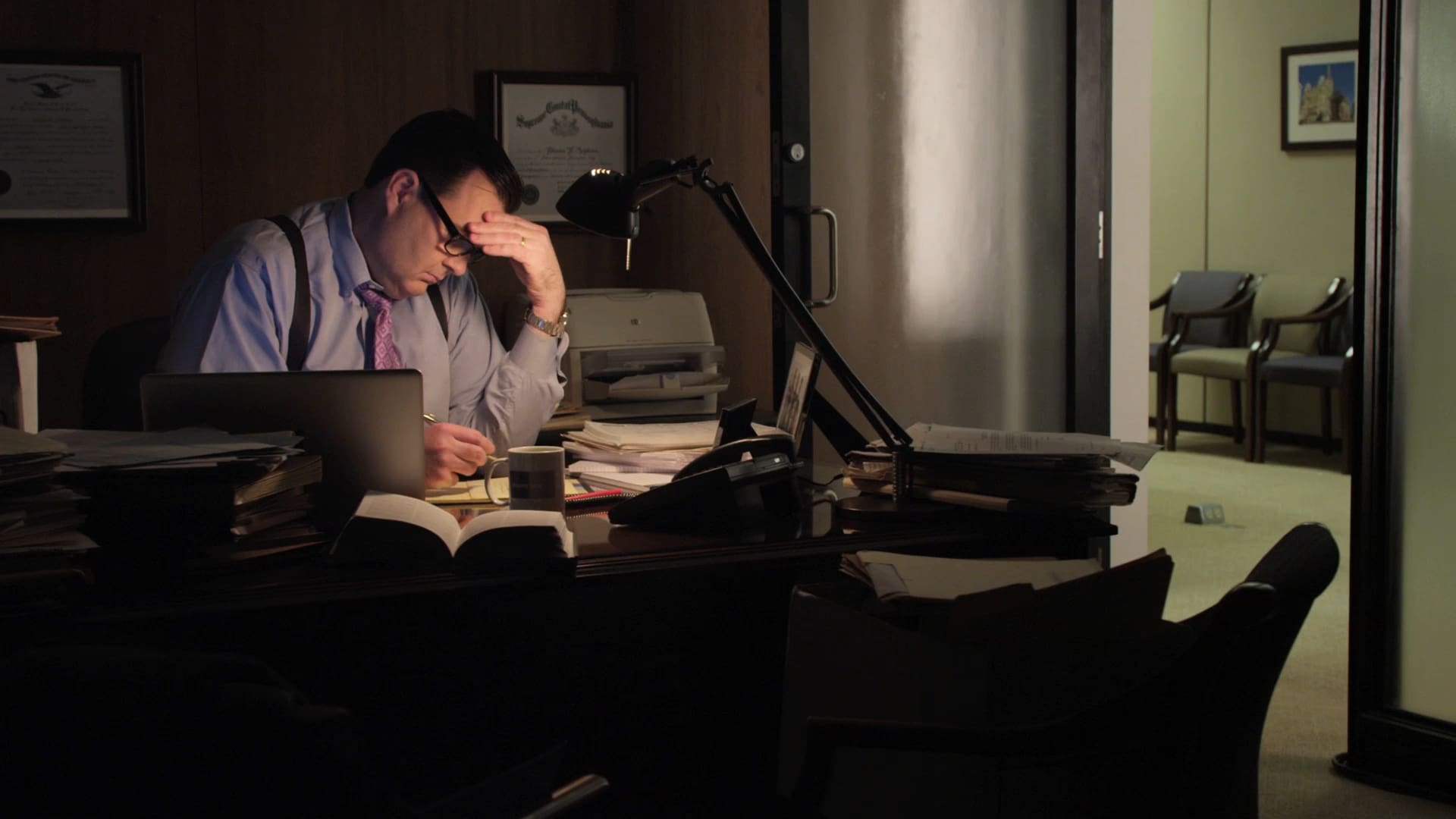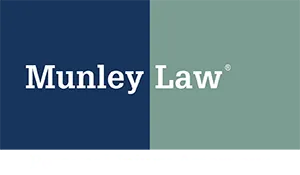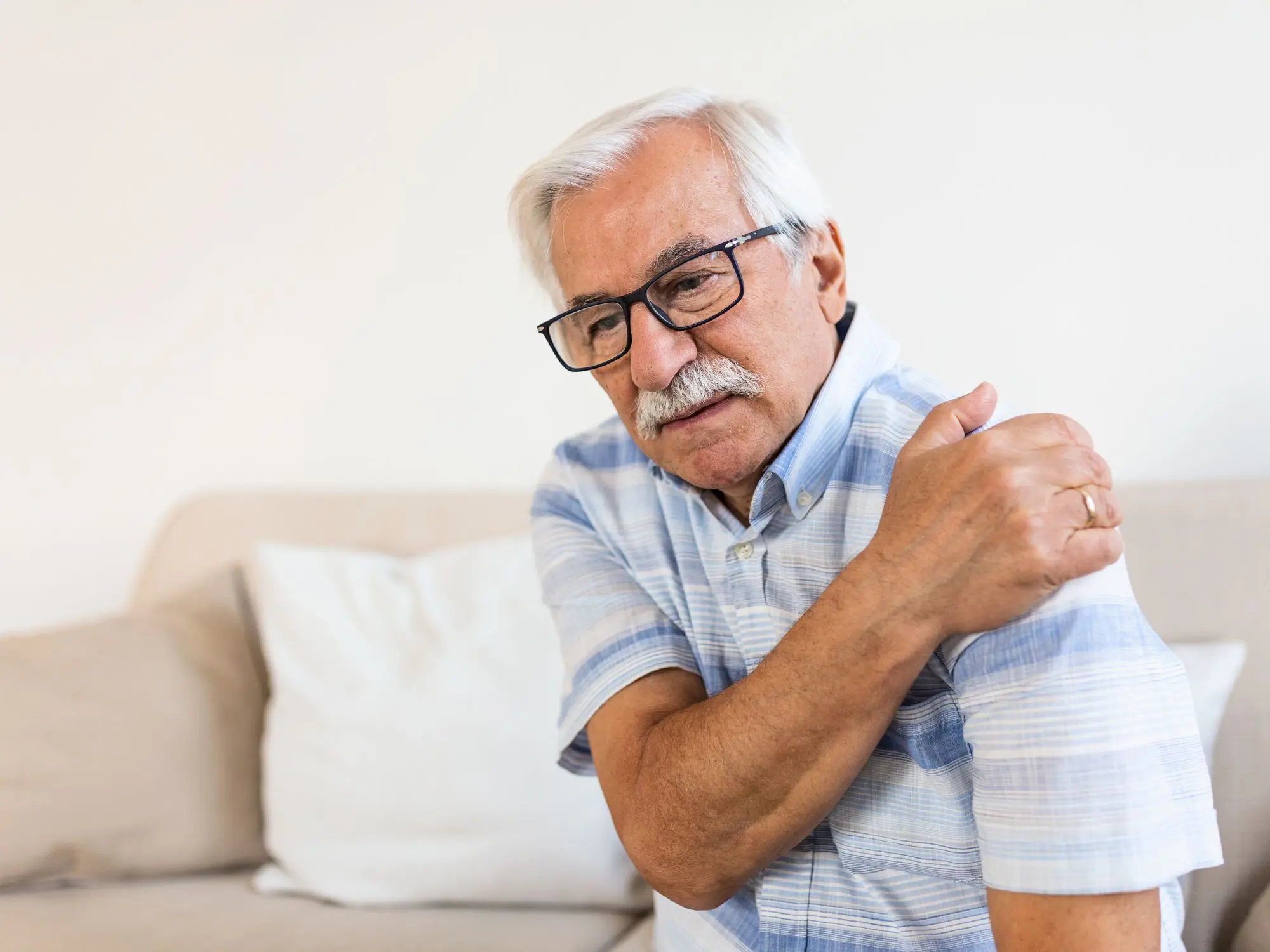The Scope of the Problem: Why Falls in Nursing Homes Happen
Falls in nursing homes result in injury to thousands of residents every year. These incidents can result in serious injuries, including broken hips and head trauma. Older nursing home residents with pre-existing medical conditions may be particularly vulnerable to injury in falling accidents.
Some falls may be unavoidable due to age or illness. However, many happen because nursing homes fail to put proper protections in place. Poor supervision, environmental hazards, and staffing shortages all contribute to preventable accidents that put residents at risk.
Nursing home negligence may be to blame if your loved one suffered a fall while living in such a facility. Depending on the specific details of the cause, it may be possible to hold the nursing home liable for your loved one’s injuries. Filing a nursing home fall lawsuit or insurance claim could allow you to pursue compensation for medical bills and related losses. Contact our team of nursing home fall attorneys at Munley Law to learn more about nursing home falls liability.
The Most Common Causes of Falls in Long-Term Care Settings
Several factors increase the likelihood of falls in residential care environments. Many of them can be controlled through proper care planning and staff training. Common contributing factors include:
- Medication errors or overmedication: Certain drugs can cause dizziness, confusion, or impaired balance when not monitored correctly. Sedatives, antipsychotics, and blood pressure medications are all examples of medications that can cause nursing home resident falls when staff members aren’t careful about medication administration.
- Poor lighting and trip hazards: Cluttered hallways, slippery floors, and dim lighting make it difficult for nursing home residents to move safely through their environment.
- Lack of assistive devices or mobility aids: Walkers, handrails, and wheelchair support should be readily available and properly maintained. Failing to provide nursing home residents with these tools can lead to dangerous situations.
- Unaddressed medical conditions: Conditions like vertigo, neuropathy, low blood sugar, and urinary urgency can all cause sudden instability. Nursing home staff should document these risks and account for them in a resident’s care plan.
- Inadequate staff supervision: Understaffed or inattentive facilities may leave residents alone for long periods. A nursing home fall may be more likely to occur when a resident can’t rely on staff members for assistance. Unfortunately, staffing shortages remain an issue across nursing homes throughout the U.S.
Facilities should review each fall incident to determine what caused it. Doing so is key to determining what steps can be taken to prevent resident falls from occurring in the future.
Injuries That Result from Falls in Nursing Homes
Falls are not only common—they can often be devastating. Older adults have more fragile bones, slower reaction times, and are less able to recover from trauma than others. Some of the most serious injuries associated with nursing home falls include:
- Hip fractures requiring surgery or long-term rehabilitation
- Head trauma, including traumatic brain injuries or subdural hematoma
- Spinal cord injuries
- Internal bleeding
- Cuts, bruises, and skin tears that may become infected
- Emotional trauma or loss of confidence in mobility
These injuries can lead to permanent disability. They may be more likely to do so if a victim is a vulnerable older adult or if they don’t receive proper care in a timely manner.
Nursing Home Liability in a Fall
Not every fall results in liability. However, the facility may be legally at fault if a fall occurred because the facility didn’t take reasonable steps o put fall prevention measures into place to keep residents safe. Key signs of negligence include:
- Failing to assess a resident’s fall risk during admission
- Not updating a care plan after previous falls
- Ignoring or delaying medical treatment after a fall
- Failing to assist with toileting or transfers when required
- Not using bed alarms, chair alarms, or other fall-prevention equipment for high-risk residents
- Underreporting or falsifying incident reports
So, can you sue a nursing home for a fall? Yes, if the injury resulted from neglect or failure to meet the standard of care.
What to Do After a Loved One Falls
Before you can think about filing a nursing home fall lawsuit, it’s important to take immediate steps to protect your loved one’s health and your legal rights. Specifically, you should:
- Seek medical evaluation: Make sure your loved one receives thorough immediate medical attention for any fall injuries, including X-rays and neurological exams if warranted.
- Request documentation: Ask for a copy of the incident report, your loved one’s care plan, and any updates made following the fall.
- Take photos and notes: Document any visible injuries, environmental hazards (like a lack of handrails), and statements made by staff.
- Report your concerns: File a complaint with the state’s long-term care ombudsman or Department of Health if you suspect neglect.
- Speak with a qualified attorney: A lawyer experienced in long-term care cases can help determine whether the fall was preventable and whether you have grounds for a claim.
How Laws Protect Residents From Preventable Harm
Federal and state laws require nursing homes to provide a safe environment for residents and implement measures that reduce the risk of falls. Nursing home safety protocols should incorporate these legal requirements:
- Performing comprehensive risk assessments upon admission and periodically thereafter
- Maintaining accurate, updated care plans tailored to individual needs
- Providing mobility aids and support with daily tasks
- Documenting all accidents and promptly informing family and medical providers
The facility can be held liable for any resulting injuries when it violates these standards. A successful claim may cover medical bills, pain and suffering, emotional distress, rehabilitation, or wrongful death damages. An experienced attorney well-versed in nursing home fall cases can ensure that facilities are held liable and safety measures are put into place.
How Munley Law Can Help
At Munley Law, we have held facility after facility accountable and have secured compensation (sometimes millions of dollars of it) through both out-of-court settlements and jury awards. Results like a $20 million commercial vehicle settlement indicate that we have the experience necessary to stand up to large companies and insurers.
For 65 years and counting, we at Munley Law have proudly served clients throughout the area. We operate on a contingency fee basis, meaning we don’t charge upfront fees for our services. Our fee is a percentage of the compensation a client receives. That means you only need to pay for our services if you win your case.

Get Help When a Loved One Falls in a Nursing Home
Nursing home falls can have lasting consequences. If you suspect that a preventable fall led to serious injury, it’s time to take action. Contact Munley Law today to get started with your free consultation.










